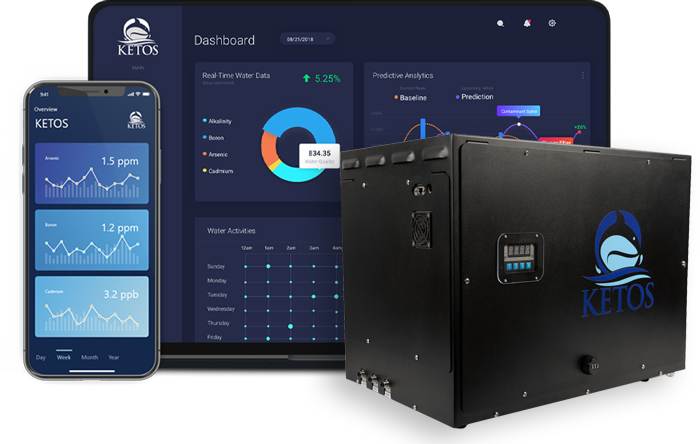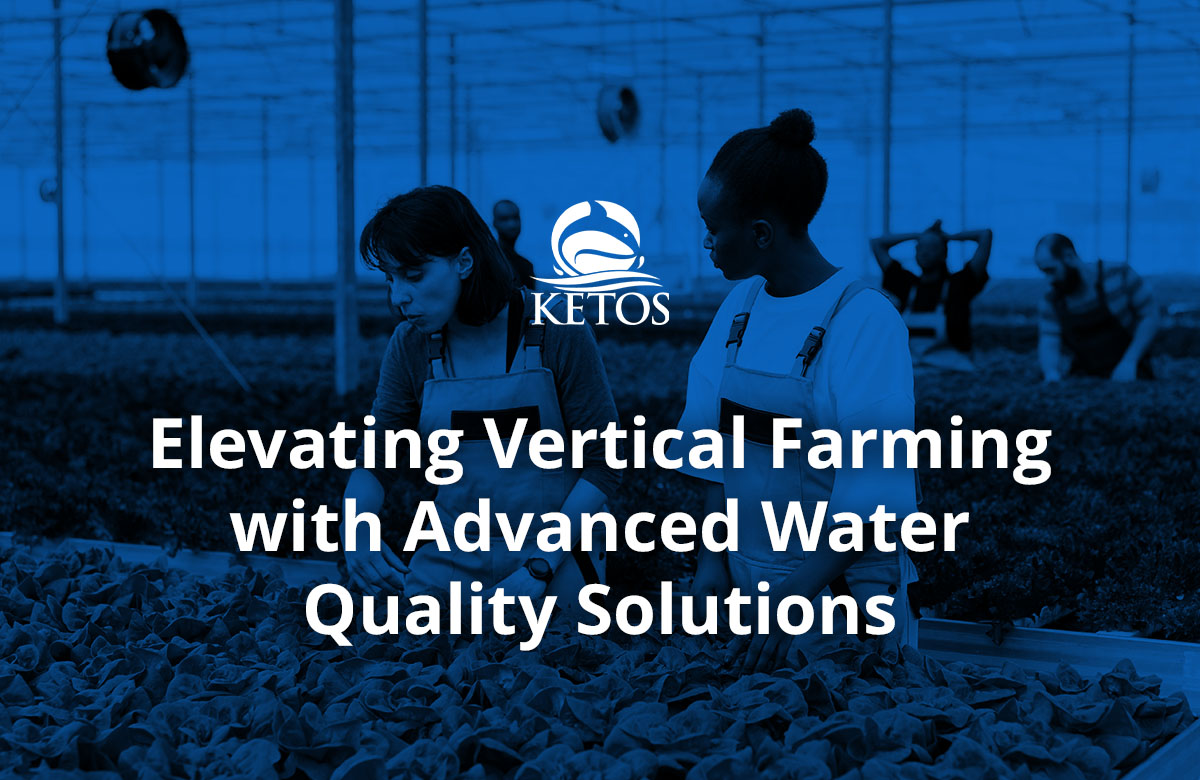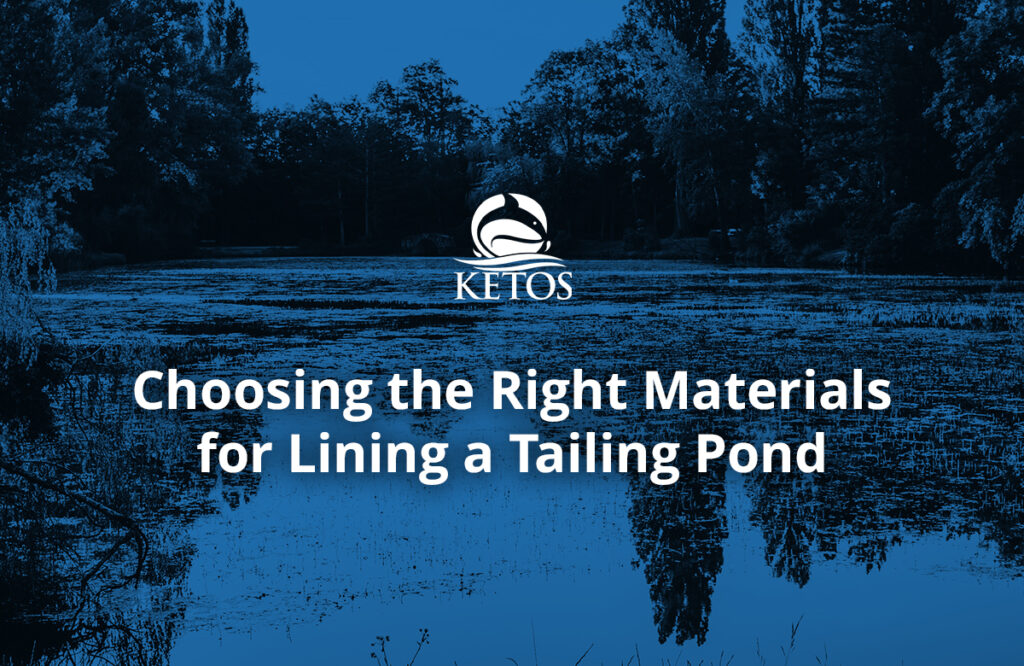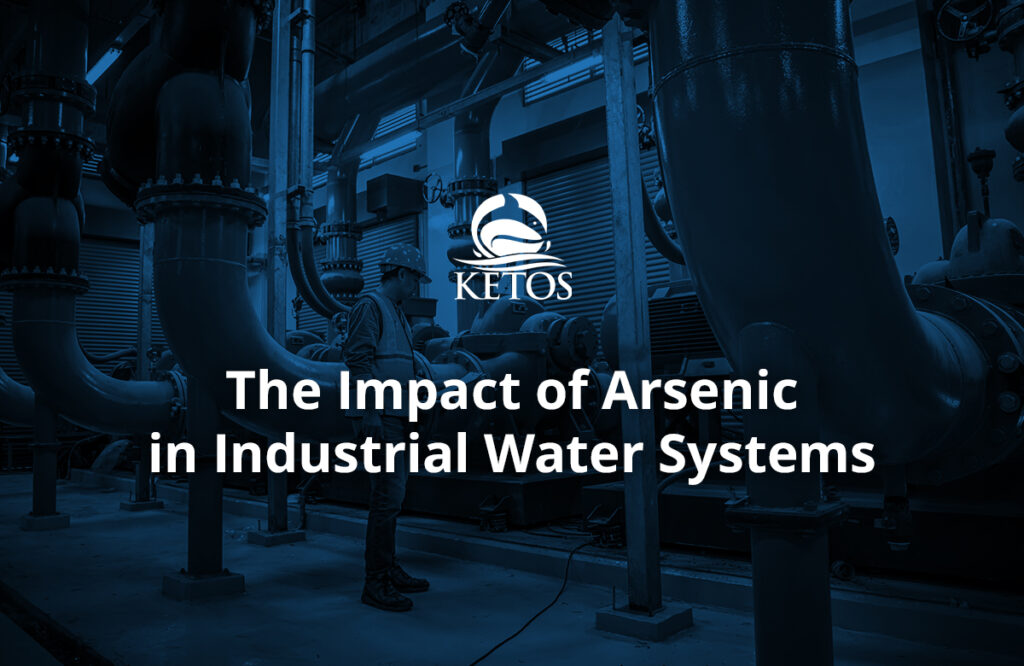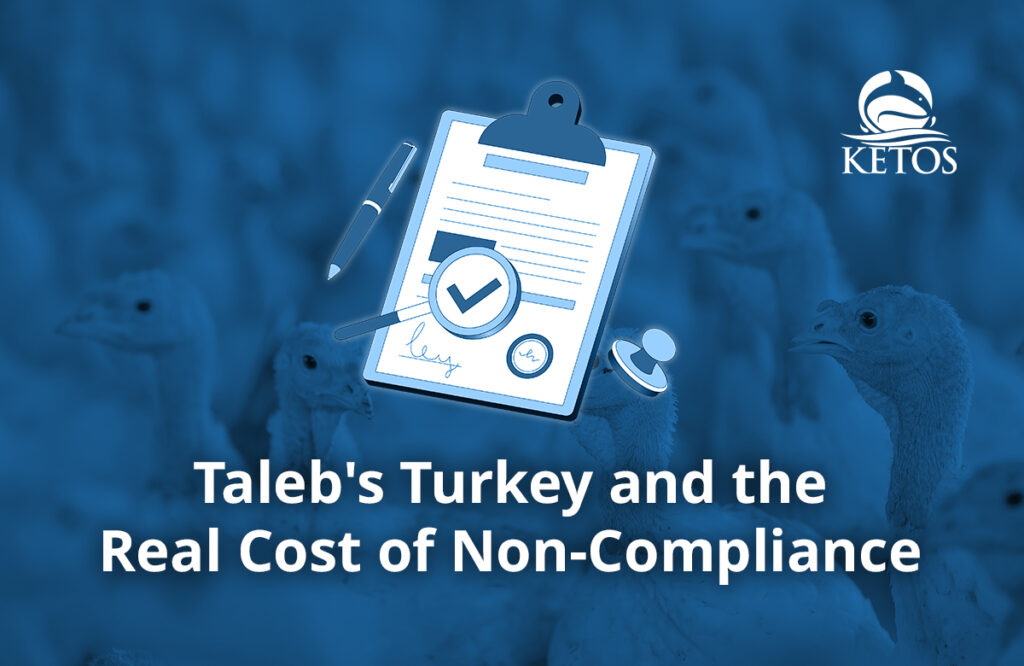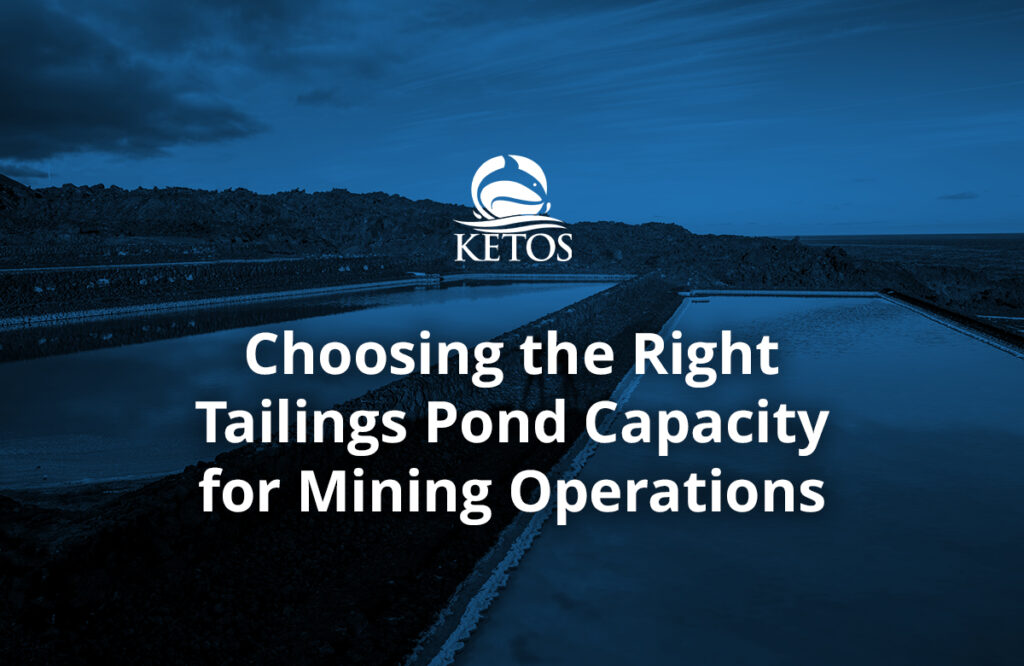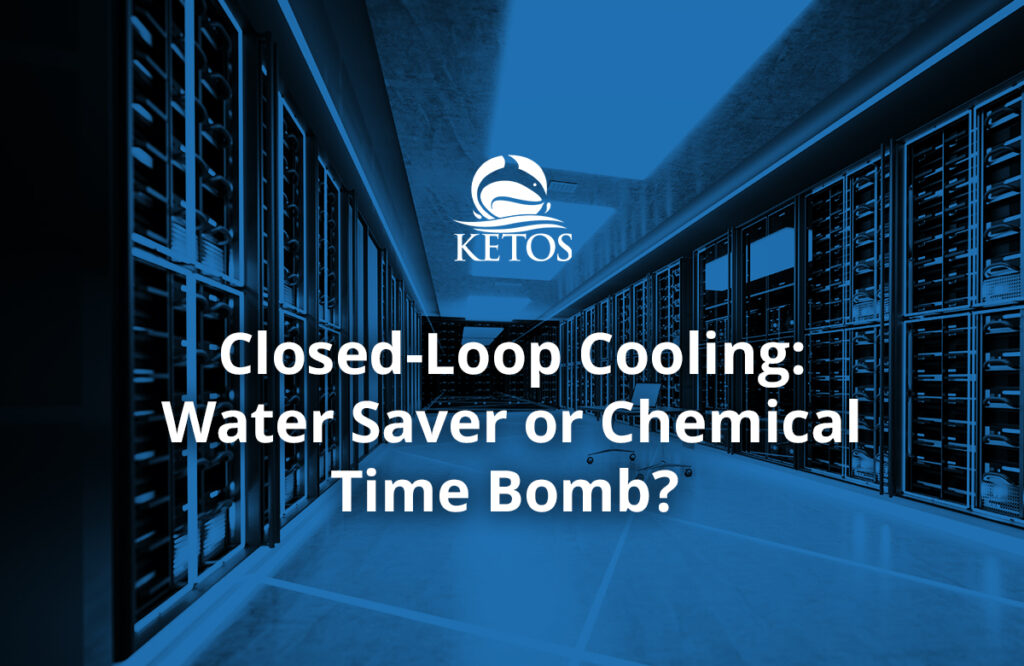As the population in big urban centers grows, vertical farming is reaching new heights in popularity. This agricultural trend is a good way to supplement traditional farming methods and maintain an adequate food supply for Earth’s 8 billion-plus people. To do so efficiently, the farming industry is adopting smart farming technologies – like remote water quality monitoring systems and IoT-based devices and analytics.
What Is Vertical Farming?
Vertical farming is a highly effective technique that allows farmers to make better use of limited space to grow plants indoors. This system has proven beneficial to humans, as well as the environment. It eliminates the occupational hazards that farmers contend with when using traditional farming methods. For example, vertical farming eliminates the high use of chemicals and the need for heavy machinery. These systems are simple to maintain, can increase overall crop production, aren’t weather dependent, and use much less water than traditional farming methods.
Using Technology To Monitor Water Quality In Vertical Farming
Vertical farming is similar to other farming methods in that it needs to control several environmental factors for plants to grow and thrive. One of the key factors that needs to be monitored is water. When it comes to vertical farming, operators are increasingly using IoT-based remote water quality monitoring systems. The benefits of these new systems are numerous.
- Remote water quality monitoring systems capture information whether or not an operator is physically present. Sensors collect data and transmit it over the network and into the cloud, where operators can access it on a computer.
- These sensors offer continuous water quality testing services. Instead of taking periodic, point-in-time measurements, these advanced processes are continuous and dynamic, giving operators real-time feedback.
- If you have a remote system in place, it can provide you with text alerts. Simply set the quality parameters for what you want to monitor, and your water quality software system will send an alert if a measurement falls outside the acceptable range. This gives you time to make adjustments and prevent problems in the future.
- IoT systems make water quality monitoring easy and efficient. By collecting data digitally, operators save time. IoT-based platforms can measure, analyze, and catalog data faster and more accurately than humanly possible.
- Today’s remote water quality monitoring systems are cost-effective. These systems are inexpensive to install and offer a high return on investment.
- IoT water quality testing services can monitor key factors, including pH level, salinity, and oxidation-reduction potential (ORP), which measures the ability of water to break down contaminants. These variables are important to plant growth, so monitoring them is critical.
IoT-based remote water quality monitoring systems are efficient and economical. These advanced technologies are a reliable tool for any farmer who wants to understand the dynamics of what’s taking place in the indoor growing environment.
Take The Guesswork Out Of The Growing Process With Smart Sensors
One of the key components of an IoT-based remote water quality monitoring system is smart water quality sensors. These sensors are much more efficient and effective than traditional monitoring and treatment methods used by vertical farms. Once these sensors are installed, growers can automate, manage, and improve their entire operation for peak efficiency. Data collected from each sensor can be transmitted back to a computer or other device, allowing operators to receive measurements and insight on the go. Smart sensors also allow growers to:
- Create day/night cycles for the lights in the vertical farming system.
- Change humidity and temperature in the growing room.
- Alter air flow speeds as necessary.
- Control nutrient levels and water frequency for each plant.
- Measure water quality to determine if the water being used requires treatment.
Water quality testing services are necessary if a grower wants a vertical farm to be successful. IoT-based monitoring systems make the process easy by taking the guesswork out of the process and replacing it with data-driven metrics to help you understand every facet of your growing operation.
Can Software Improve Vertical Farming Processes?
For a sensor to be “smart,” it needs to be paired with a monitoring system that includes water quality software. Once the software is downloaded to a smart device – a smartphone, tablet, or desktop computer – the operator can receive data on the entire growing environment. The data is provided to growers in an app, which also comes with technical support to ensure the sensors are functioning properly. Keep in mind that each remote water quality monitoring system provides various features. Make sure the system you purchase allows you to ensure the quality of the items you are producing and allows you to optimize the functionality of your grow rooms.
Advance Your Operations With Smart Farming Technology
Vertical farming has been transformed through the use of smart farming technologies. IoT-based monitoring systems have allowed growers to identify the quality of water in use and the concentration of sediment, which greatly improves the outcome of each harvest. Make the switch to a remote water quality monitoring system today to maximize yields and improve your operational efficiencies.
